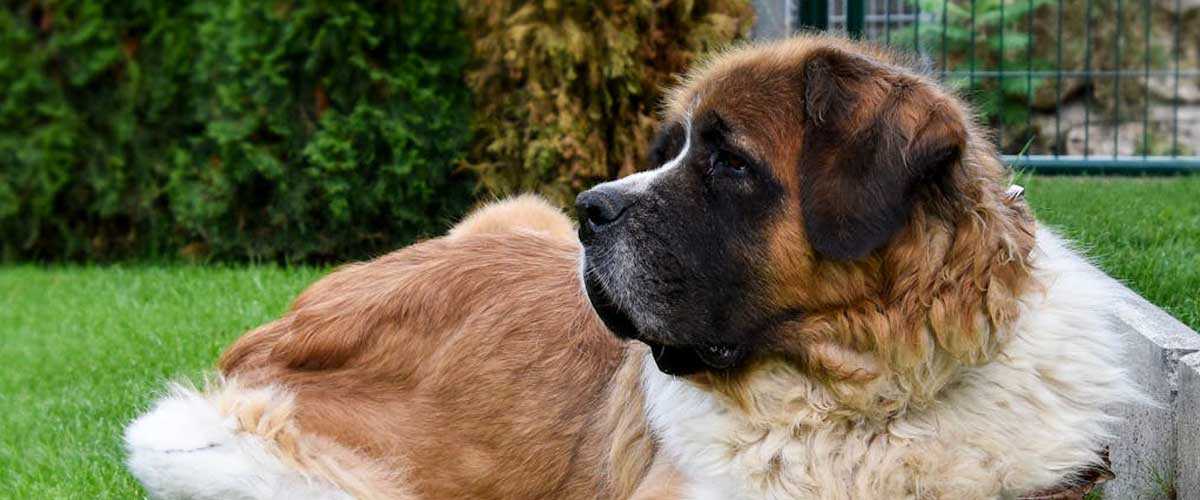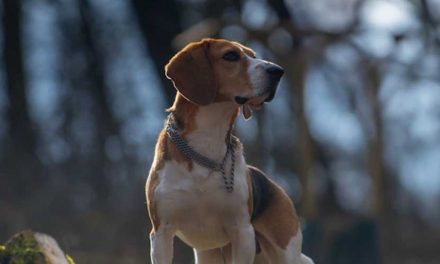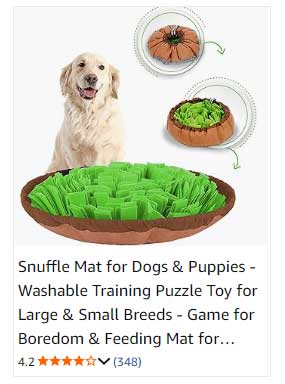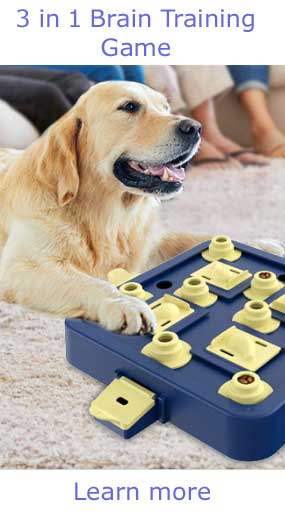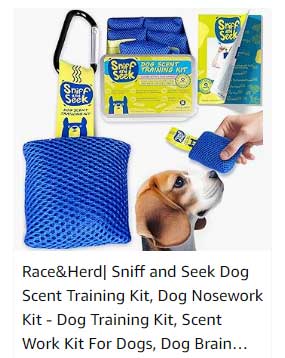Draught dogs, often referred to as draft or working dogs, have played a significant role throughout history, aiding humans in tasks that require strength and endurance.
From pulling carts to assisting in agricultural work, these dedicated canines have proven invaluable across various cultures and occupations.
Their importance extends beyond mere labor; draught dogs are symbols of loyalty and partnership between humans and animals.
Historical Context
Historically, draught dogs were essential in agricultural communities.
Before the advent of modern machinery, heavier tasks such as plowing fields, transporting goods, and even pulling sleds in snowy regions relied heavily on these hardworking breeds.
The St. Bernard, Bernese Mountain Dog, and Newfoundland, for instance, have long been associated with draught work, each excelling in their respective environments.
In ancient times, people utilized dogs in various ways, often forming various working breeds as the need for specific tasks arose.
Many of these dogs were bred not only for their physical strength but also for their temperament and ability to work harmoniously with humans.
This partnership showcases a unique bond that has endured for centuries, emphasizing the cultural and social importance of draught dogs.
Roles and Responsibilities
Draught dogs can be found in various roles, depending on the needs of their handlers.
Some of their traditional tasks include:
1. Transportation:
In rural areas, draught dogs have been used to pull carts or sleds, transporting goods and people across tough terrains.
2. Farming Assistance:
Many farms still use draught dogs for herding livestock or aiding in plowing and tilling fields, especially in regions where horses might not be as feasible.
3. Emergency Services:
In some communities, draught dogs are trained to assist in search-and-rescue operations, capable of pulling equipment or assisting in locating missing persons.
4. Tourism and Recreation:
In certain areas, draught dogs are employed in tourism, pulling sleds for visitors in winter resorts or participating in dog-drawn cart events that entertain and educate the public about their historical roles.
Health and Training
Training draught dogs requires a tailored approach that considers the dog’s physical capacity and temperament.
Responsible training promotes strong teamwork and trust between the dog and its handler.
Regular exercise and proper care are essential to ensure their health and stamina for work, as draught dogs typically have larger builds and higher energy levels.
Owners should also be aware of the specific breed traits.
For example, breeds like the Alaskan Malamute are well-suited for cold-weather tasks, while others, like the Boxer, may excel in warmer climates.
Understanding these characteristics is crucial for optimal performance and welfare.
Modern Relevance and Conservation
While the use of draught dogs has decreased with the rise of machinery, their role is still relevant today.
Many advocates emphasize preserving traditional practices like sled dog races or draft dog competitions, which celebrate the heritage of these incredible animals.
Moreover, draught dogs contribute to social and community connections.
Working alongside these dogs often fosters a deeper understanding of animal care, responsibility, and the importance of teamwork.
Many organizations and enthusiasts work to ensure that the skills and stories of draught dogs are kept alive through educational programs and community events.
Conclusion
Draught dogs symbolize the incredible bond between humans and animals, demonstrating how cooperation can lead to greater efficiency and harmony.
Their roles in history show us not only their physical capabilities but also their emotional contributions to society.
As we move forward, recognizing and respecting the importance of draught dogs remains essential, ensuring that their legacy as diligent workers and loyal companions lives on for future generations.
An appreciation for these remarkable dogs reminds us of the age-old partnership that has helped shape our communities and continues to enrich our lives.

